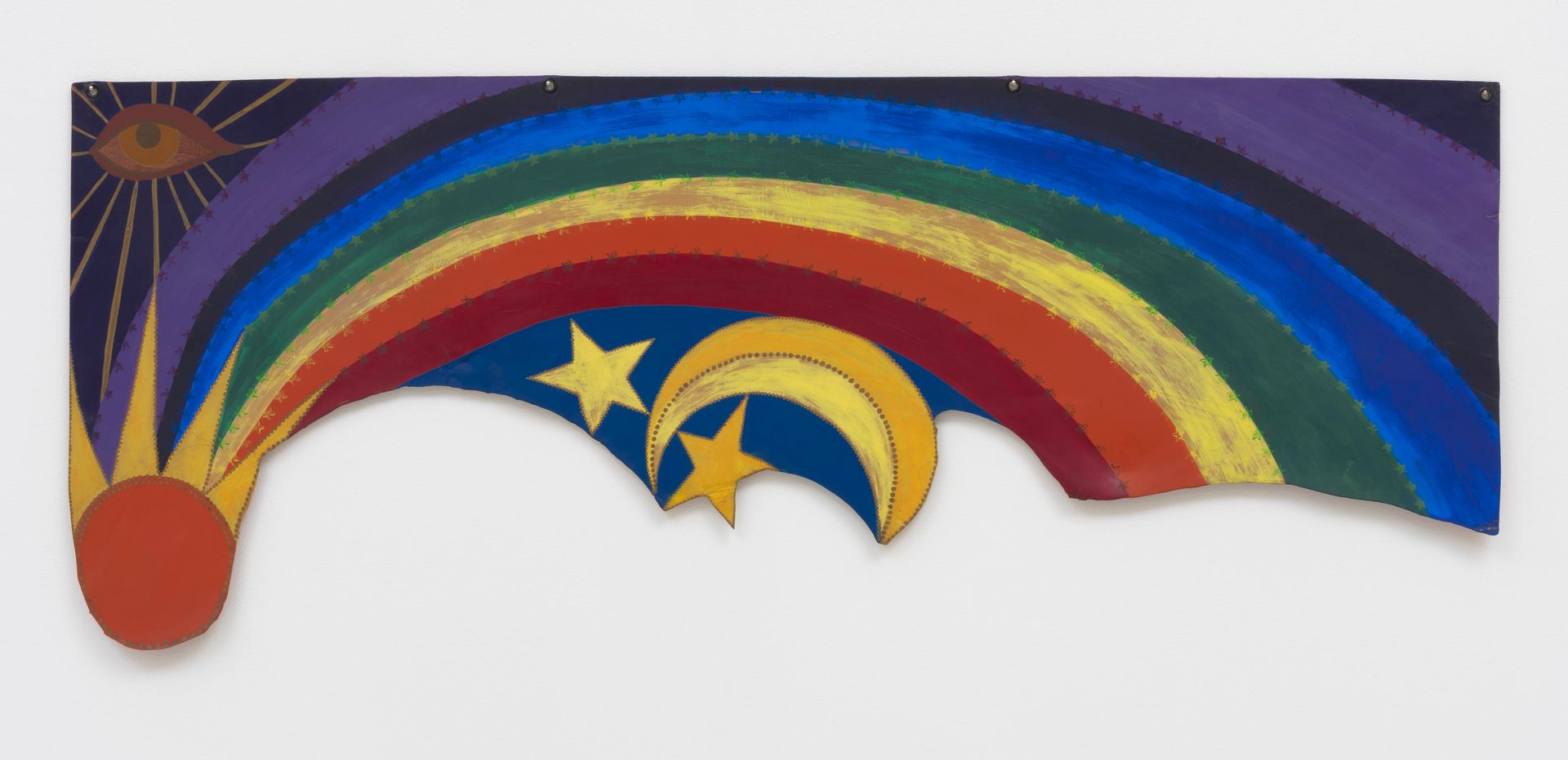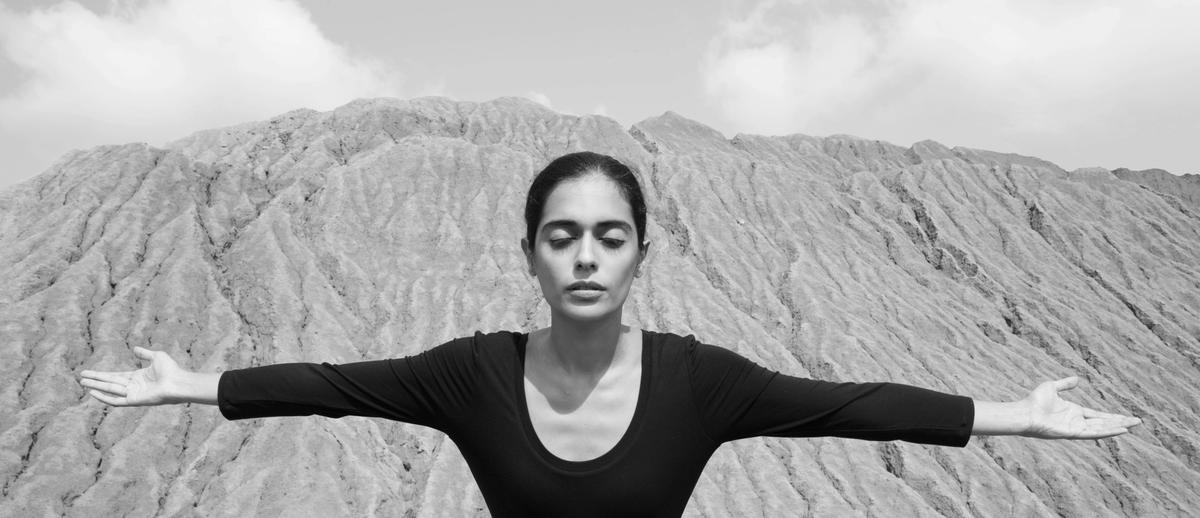Confronting current social and political issues in the US, the 2019 exhibitions at the Broad Museum in Los Angeles (LA) will focus on African-American art and the work of the Iranian-US artist Shirin Neshat. The much-lauded exhibition Soul of Nation: Art in the Age of Black Power 1963-1983, which opened at London’s Tate Modern last summer, will go on show in the spring (23 March 2019 – 1 September 2019) followed by Shirin Neshat: I Will Greet the Sun Again (mid-October 2019 – early 2020).
The Broad will be the final stop on the international tour of Soul of a Nation, which made its US debut at Crystal Bridges in Bentonville, Arkansas, this spring and opens at the Brooklyn Museum in New York later this year (14 September – 3 February 2019). The show, which explores the work of black artists made in the two decades following the height of the US civil rights movement in 1963, includes around 150 works by more than 60 artists. For the Broad, which opened in September 2015, it is the first exhibition that looks at a historic period.
“So many people who have seen the show so far feel really strongly about [its] impact and the importance of the contribution it makes. It’s not a story that has never been told […] but the exhibition will immerse our young and extremely diverse audience to this material,” says Joanne Heyler, the director of the Broad. According to the museum’s visitor figures, the average age of visitors is 33 (the US average for art museums is 45) and 66% identify as non-white.
Heyler first saw the show at the Tate in September last year with the curator Mark Godfrey and was impressed. “Initially, I did not think it was quite right for [the Broad Museum]—we were not looking for another touring exhibition to host [the museum’s Yayoi Kusama and Jasper Johns show both travelled from previous venues] and there is not an overlap between the artists in the show and the Broad’s collection,” Heyler says.
But given the prominence of artists from LA in the show—three gallery rooms (or around a quarter of the show) are dedicated to artists from the area—she was surprised that it was not coming to the West Coast. The fact that the Los Angeles County Museum of Art is hosting a survey of the pioneering African-American artist Charles White (17 February – 9 June) at the same time also factored into Heyler's decision. “The more I thought about it the more important I thought it was to bring [Soul of a Nation] here,” she says.

Betye Saar's Rainbow Mojo (1972), part of the Soul of a Nation show Courtesy of the artist and Roberts Projects, Los Angeles, California. Photo: Robert Wedemeyer
The survey show of Shirin Neshat’s work will cover 25 years of the Iranian-born artist’s videos and photographs, connecting her early work that looks at “Muslim women as a mirror for Iran and Iranians living in exile” to her latest Dreamers series that has never before been shown in a US museum, according to a press statement. Her last survey was held at the Hirshhorn Museum in Washington, DC, in 2015.
“I have never had a major museum exhibition or even much gallery exposure in LA, the place where the largest Iranian community outside of Iran lives,” Neshat says. “It will be good to speak to this audience and also to the very diverse community in LA, particularly in this moment of increased tension between the US and Iran.”
The show will focus on the Dreamers series, described as the artist’s first examination of American society, which “speak universally to and about displaced and exiled communities while engaging the history of global cinema,” says Ed Schad, the curator of the exhibition. “These are subjects which have great resonance for the city of LA.”
Neshat will premiere a new work at the Broad show, a video installation called Dreamland. The artist describes the series as “a kind of surrealistic political satire” about the historical tension between the Iranian and US governments. The story is about an Iranian woman who travels each day from an Iranian colony, located in a US desert landscape, to a small, all-white, poor, rural, Republican town, going door to door collecting information for a census, where at last she surprises everyone by asking each family to share a recent dream.
“I have never had a major museum exhibition or even much gallery exposure in LA, the place where the largest Iranian community outside of Iran lives.”Shirin Neshat
“She then photographs each dreamer and takes the dreams back on the highway to her colony—in a way she is a dream catcher, spying on US dreams,” Neshat says. “The story is meant to criticise both the Iranian government and the US administration: it is about the fanaticism of Iranian regime, which feeds off of their anti-US rhetoric, but on the other hand it is also a social critique of the US government and how it neglects its poor and working classes.” Neshat hopes to start filming, possibly in the Nevada desert, in March 2019.
The Broad has a long-standing relationship with Neshat, with four pieces of her work in the collection (the artist’s two-channel video installation Rapture (1999) was the first acquisition in 1999). Heyler pinpoints a talk that Neshat gave for the Broad in LA on art and activism in 2013, before the museum opened, as the starting point for the discussion about holding an exhibition on the artist.
“During her talk, Neshat asked whether it was possible to be immune from politics—that question is now more relevant than ever,” Heyler says. “Can we be immune to looking at and confronting realities about not only international politics but also the experiences of communities that are facing tremendous challenges, not only in the US, but all over the world?”


